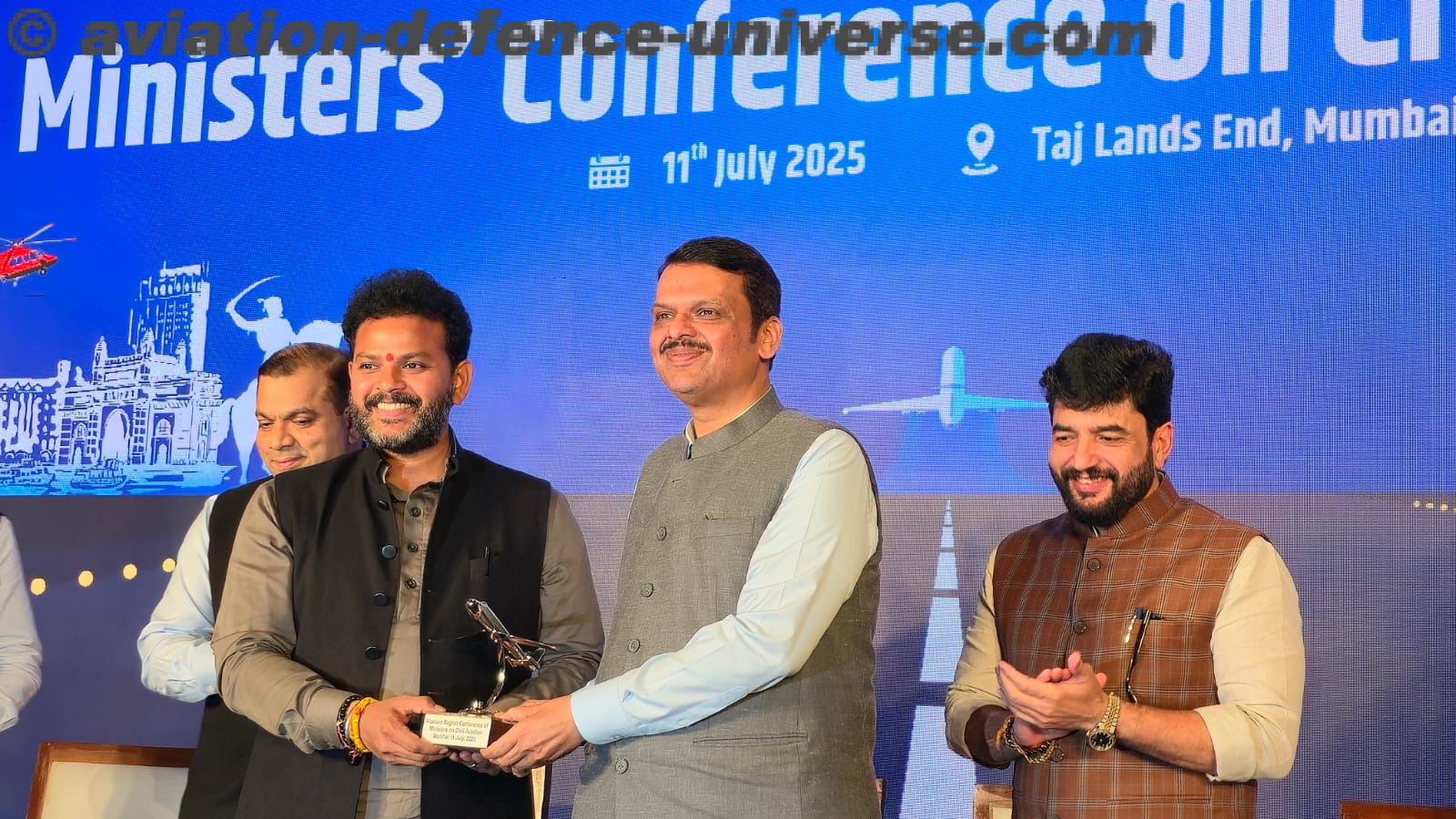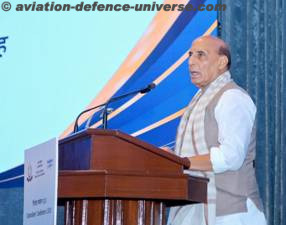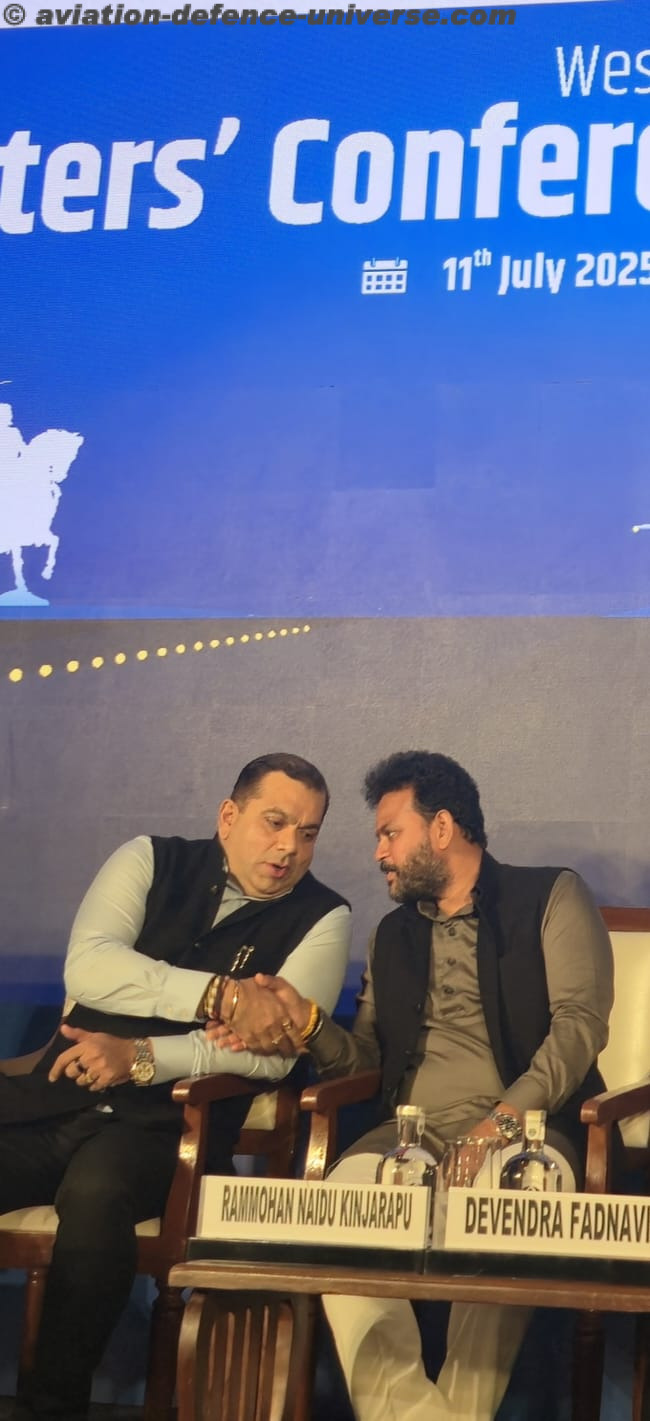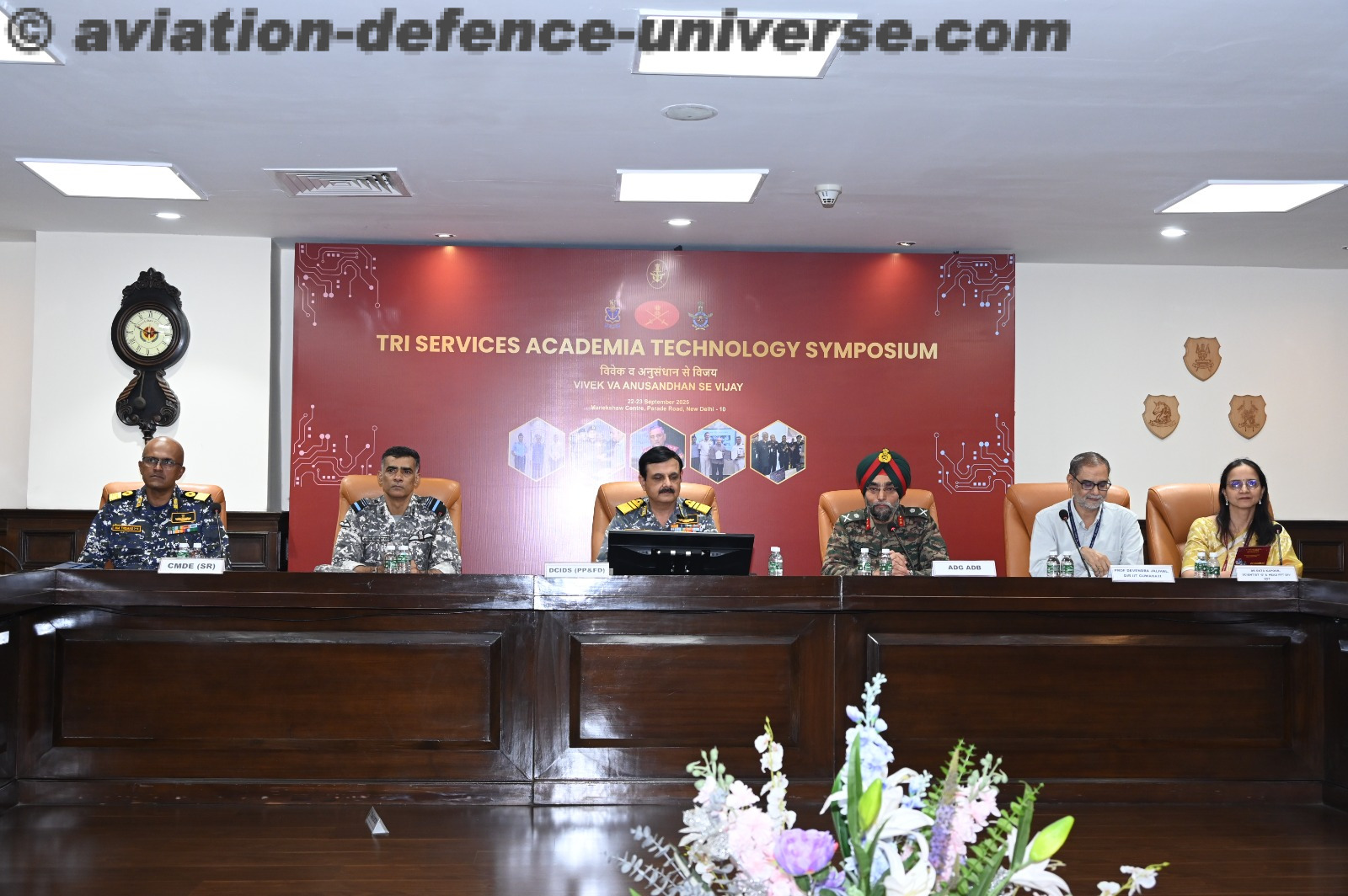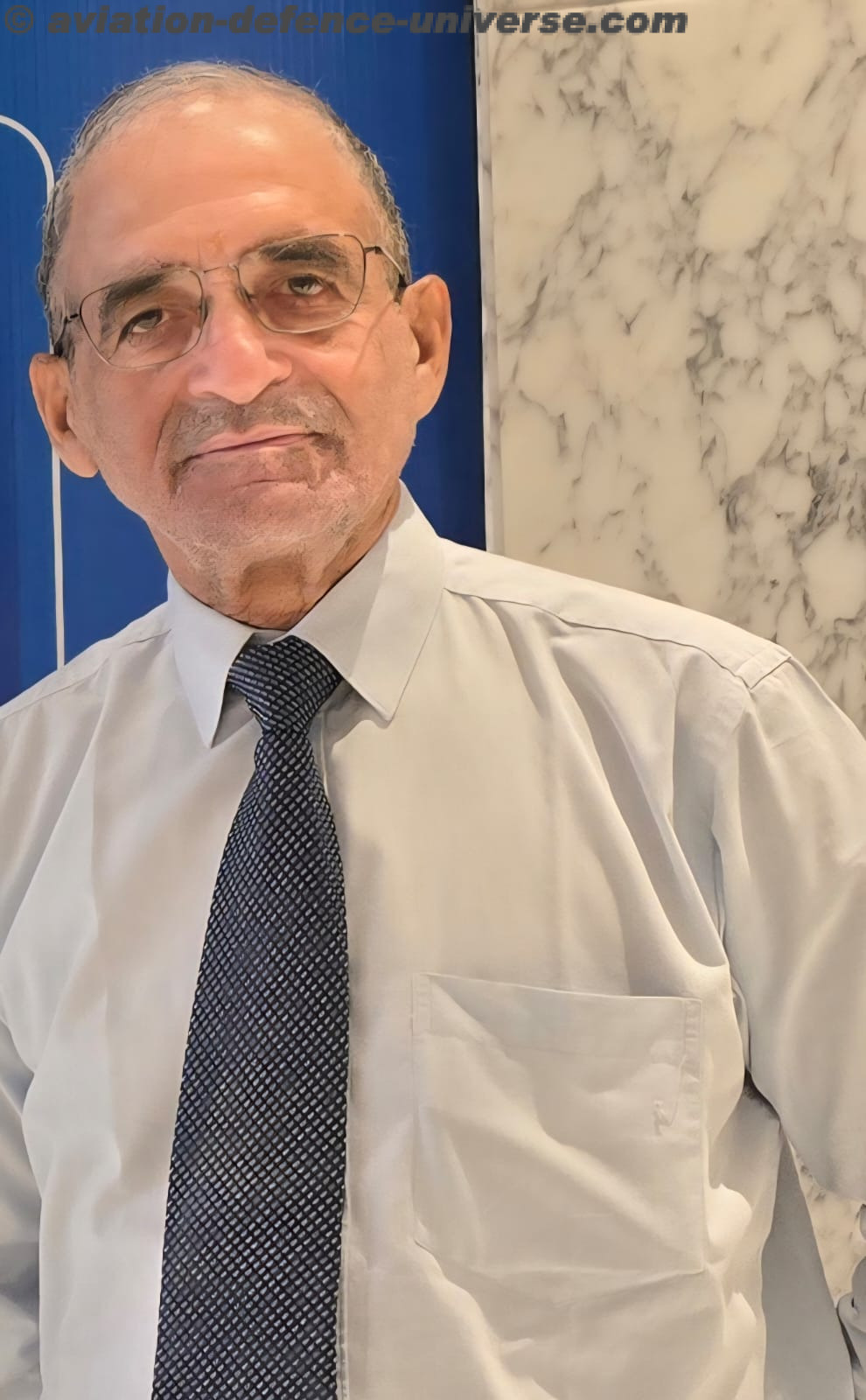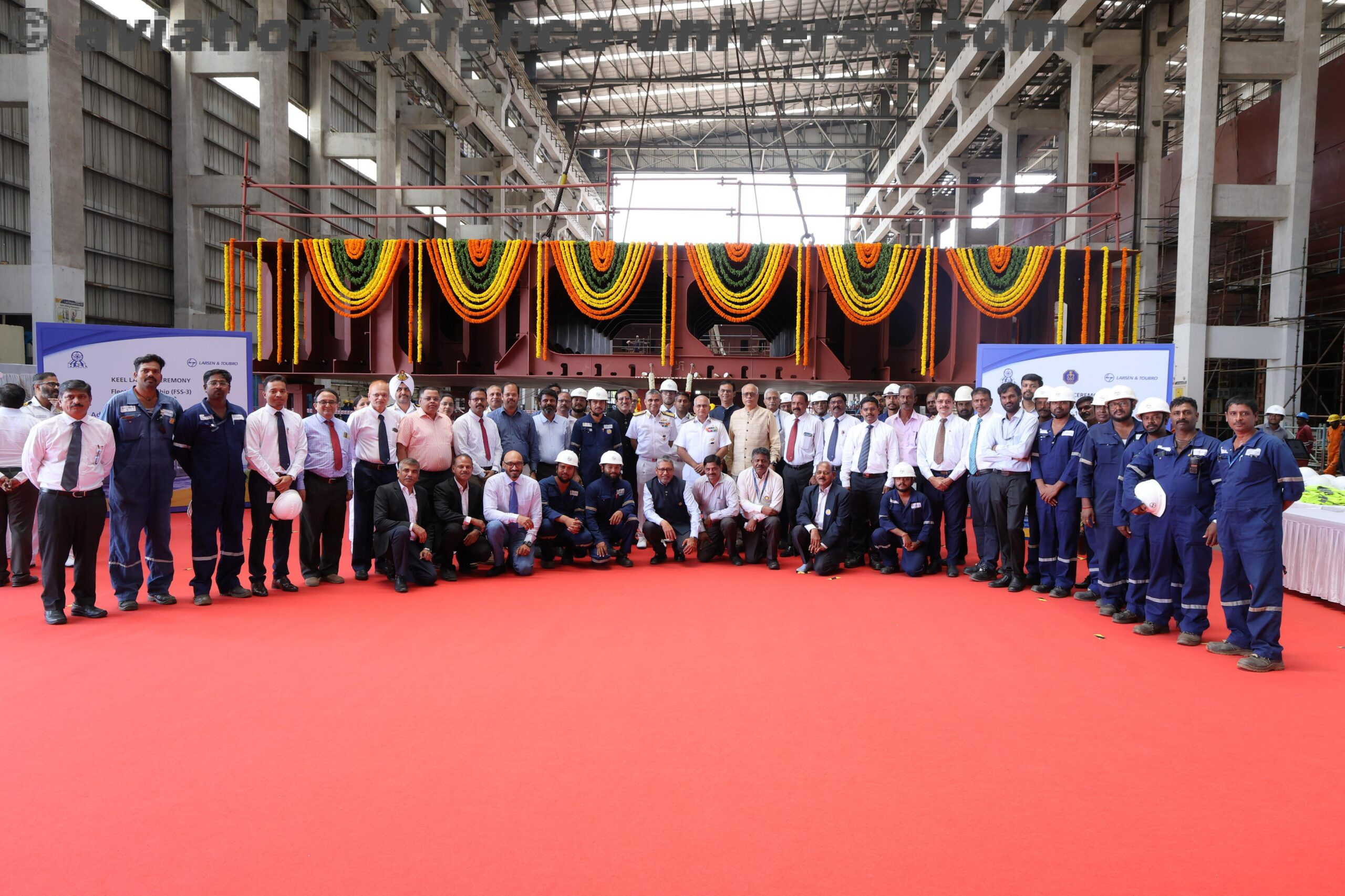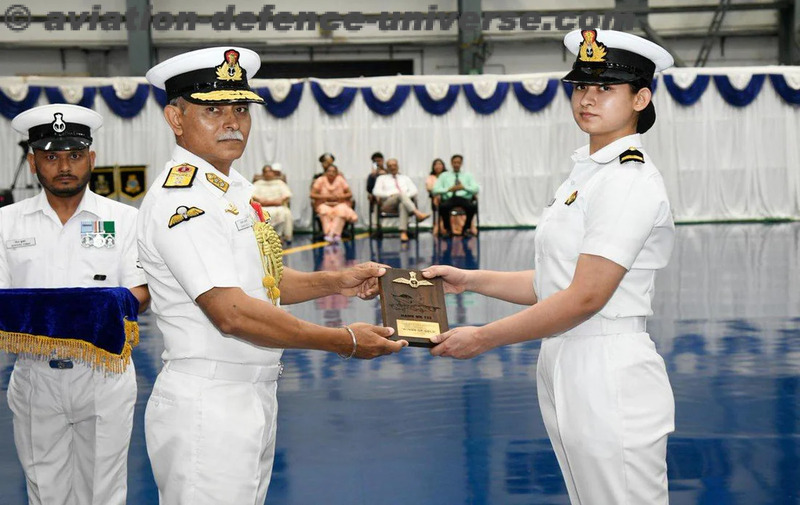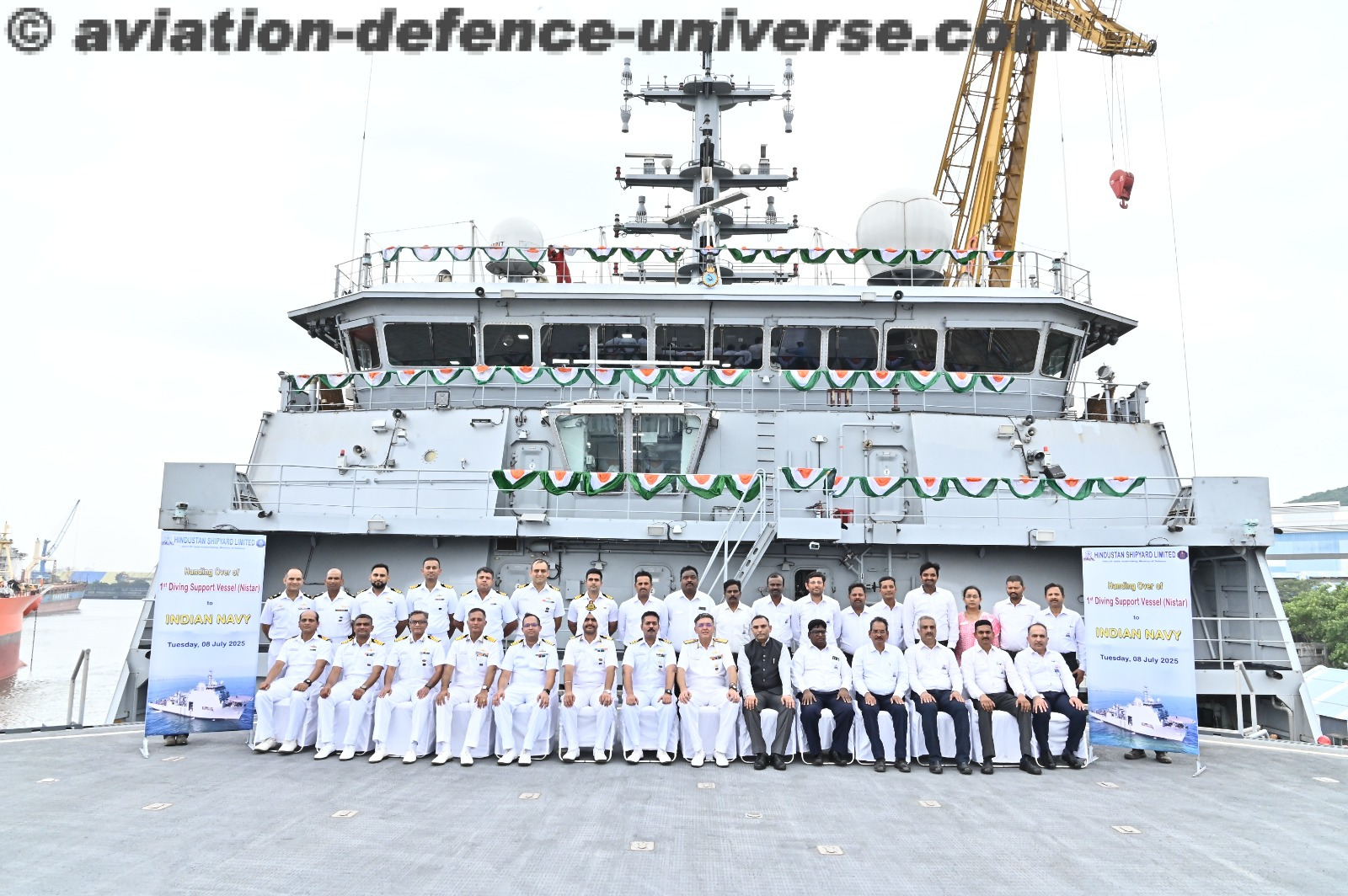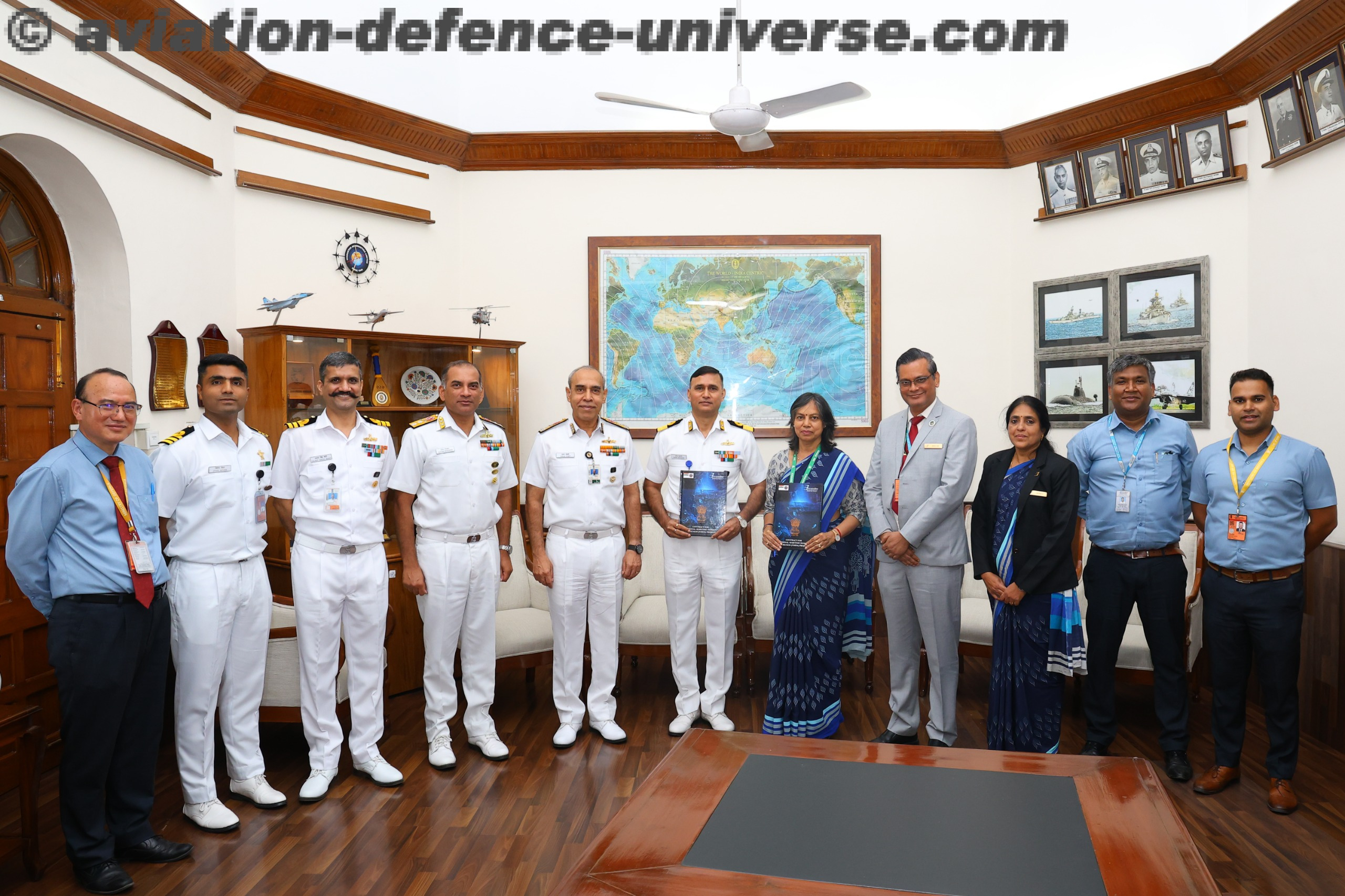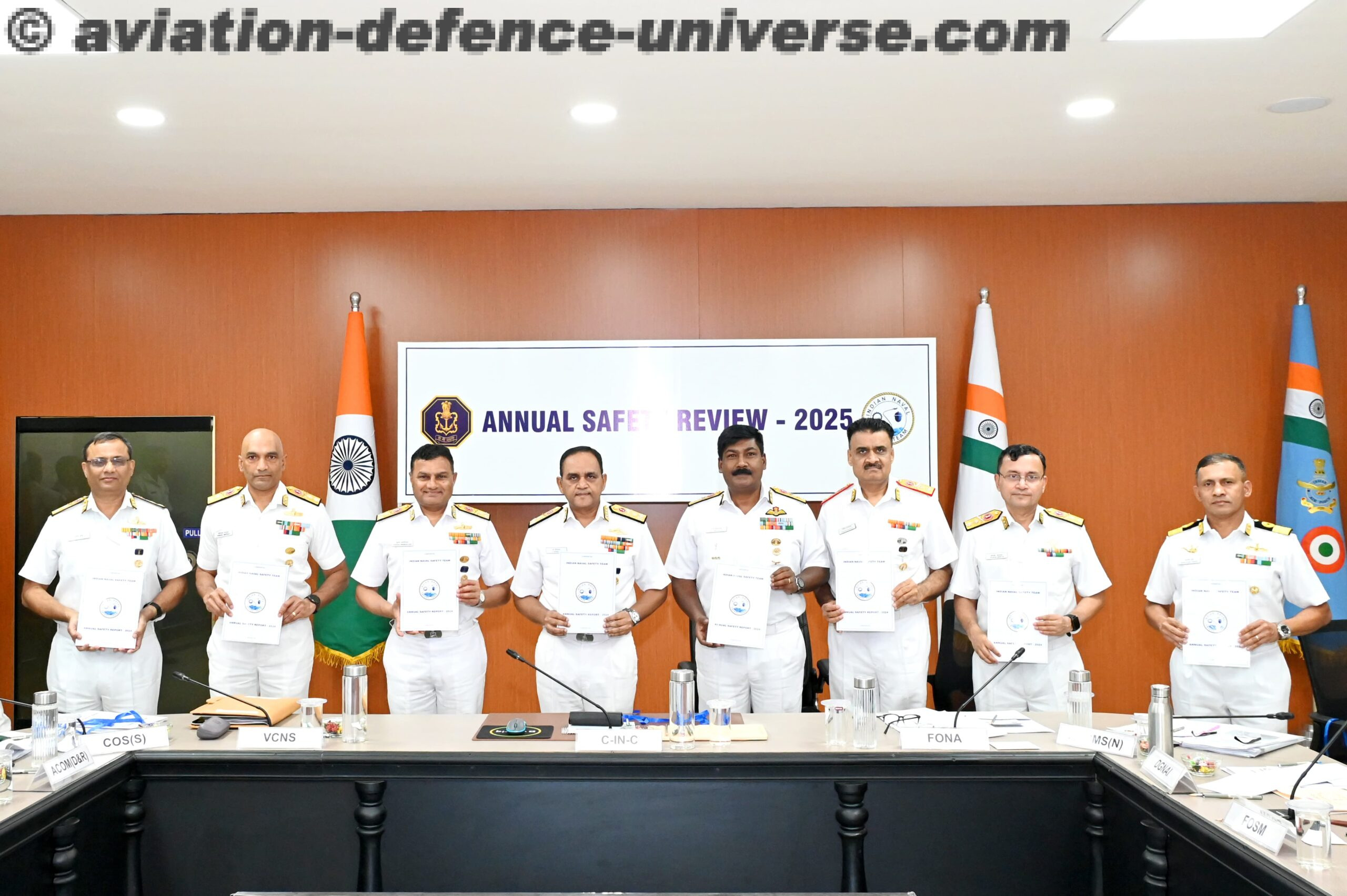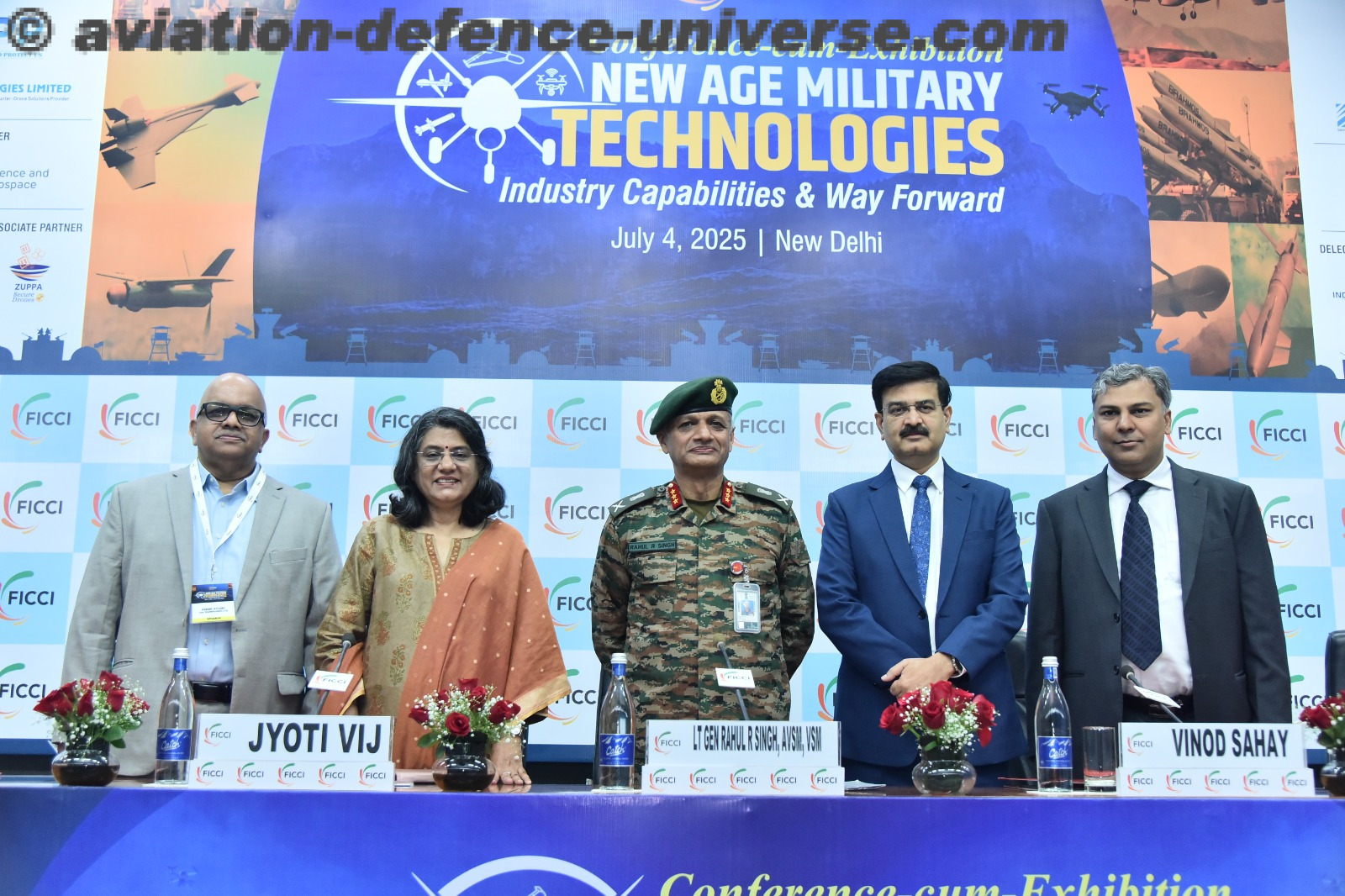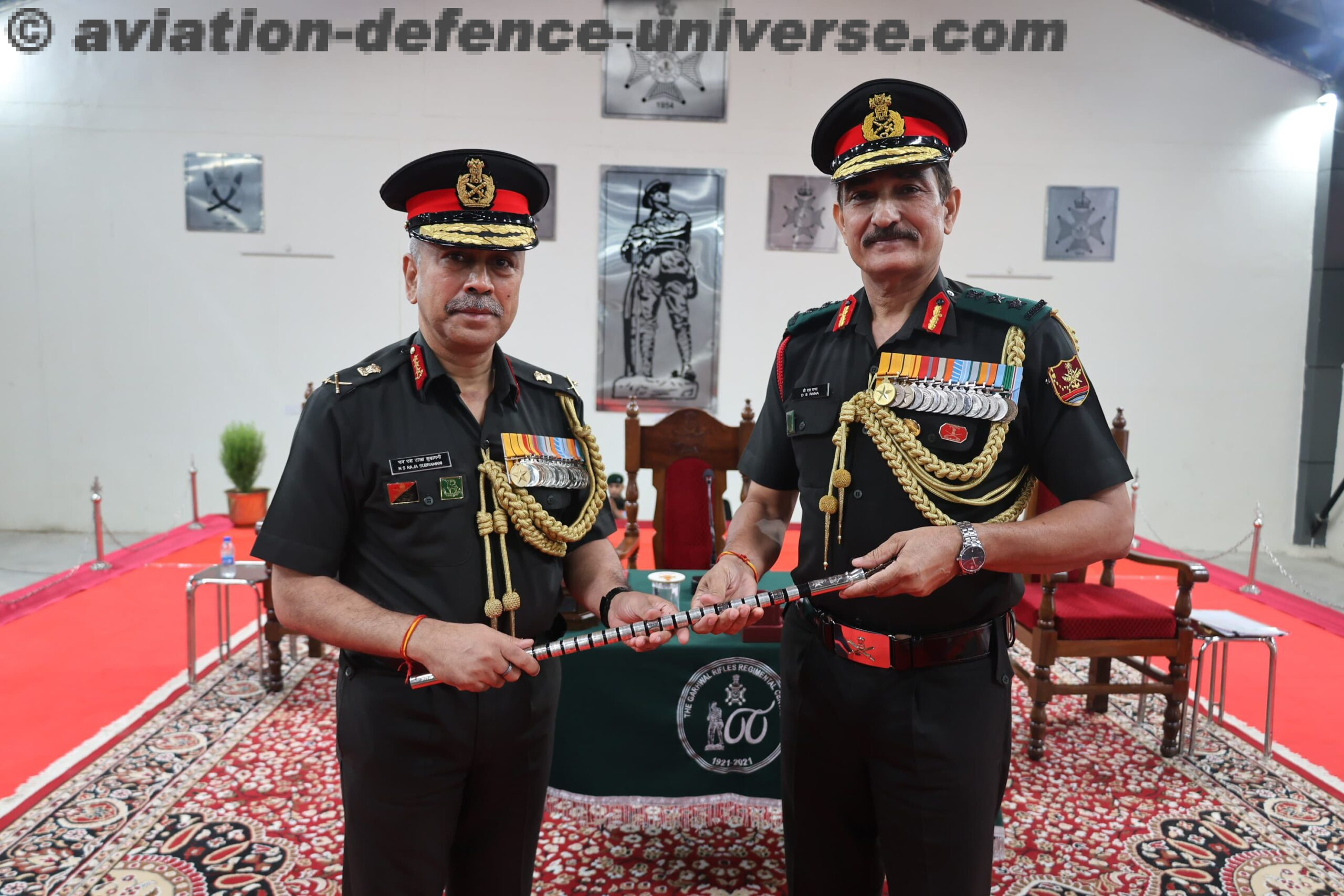The Bombay Sappers have, in the course of the past sixty seven years, been privileged to work abroad as part of the United Nations Peacekeeping Forces in a number of ‘hot spots’ around the world. They have performed their role professionally, endearing themselves to the local population and using their skills to create infrastructure wherever possible.
Congo (1962).

Congo was a Belgian colony until 30 June 1960. The native population participated only in the lowest rungs of the administration. The end of the Belgian rule left a political vacuum and Congo erupted into anarchy. India sent a contingent of about 3000 troops, with Staff Officers and a Military Hospital with ancillary units under Brig R S Noronha, MC*, as part of the UN Force. When Congo received independence from Belgium in about 1960, there were two factions that evolved quickly. One was dominated by Mobutu while the other faction was led by a man named Moise Tschombe. Tschombe at once declared a break-away Republic of Katanga, a former province under Belgium’s colonial rule. He was an articulate and well educated capitalist, and he took control of all the copper, uranium, and chrome mines in Congo into his new state. Favouring continued ties with Belgium, Tschombe asked the Belgian Government to send military officers to recruit and train a Katangese army. The Congolese Prime Minister, Patrice Lumumba and his successor, Cyrille Adoula, requested intervention from the United Nations forces, which they received. 22 Field Company was in Albertville by end March 1962, employed on internal security duties. On 3 October, it joined the Independent Brigade Group and was employed immediately on reconnaissance, clearance of mines and booby traps, bomb disposal, water supply and protection of the Elizabeth vi1le airport for the Jatodville operations.

On 28 December 1962, Op ‘Grand Slam’ was launched, aimed at the advance of the UN Forces to subjugate the mercenaries led by Moise Tschombe, and to take the towns of Kipushi, Jadotville and Kowizi.The key to the successful completion of the Jatodville Operation depended upon the Lufira River Crossing, which was solely entrusted to the Indian Brigade. The advance of the Irish Battalion was held up at a demolished bridge over River Kafuba, about 3 miles short of Kipushi. The gap was only 40 feet. A 50 feet single-single Bailey Bridge was discovered on a nearby golf course but there was no Bailey erection equipment. This did not deter the men of 22 Field Company who used their “Bombay Sappers Sense” and the bridge was on wheels by 0400 hours on 30 December from right under the Katangese’s noses. All kinds of improvisations in the form of blocks and tackles and ropes, were used to support and delaunch the bridge from the golf course. It was launched, without any launching nose, and was completed with approaches, within two hours. Under the conditions that existed, this was a magnificent achievement. Over this bridge, the Irish column continued the advance with great rapidity and captured Kipushi the same day. The New Year commenced with the advance of an Indian column to capture Jadotville. A damaged raft found by 4 MADRAS was improvised by personnel of 22 Field Company adding 44 gallon empty petrol drums. Working half- submerged in water under torrential rains, the raft was used to successfully ferry 15 jeeps across the Lufira River.

Another platoon under Lt Muzaffar, after crossing the Lufira on a damaged half-submerged railway bridge, covered a distance of 12 miles on foot over kutcha tracks in blinding rain and complete darkness, and breached a minefield to clear the advance of 4 MADRAS. An observer of the UN Force has spoken of the speed and efficiency with which the operation was planned and carried out. The retreating Katangese had blown up every culvert and bridge on the 80 mile route from Elizabethville, but the gallant and hardworking men of the Engineers under Maj A M Joglekar produced near miracles, providing diversions and temporary bridges, the most difficult assignment being at the Lufira River where the Katangese used tons of explosives to blow up massive steel and concrete road and rail bridges. The Engineers miraculously produced a raft from nowhere and within hours, the first jeep was across the river by the men pulling the raft on either side. The advance to Kolwezi continued, and despite heavy enemy opposition, the Engineers provided a rafting site to take forward reorganisation stores. A bridge was launched at Tenke, ready for traffic by 1700 hours. The Sappers then descended on the Lualba Bridge, and by 1400 hours, 21 January, Kolwezi was taken and Tschombe was asked to surrender, which he did. 22 Field Company completed the tasks of restoring the disrupted lines of communication, defusing unexploded bombs (UXBs), completing bridges where they had been built in haste, and prepared to return home.
Another platoon under Lt Muzaffar, after crossing the Lufira on a damaged half-submerged railway bridge, covered a distance of 12 miles on foot over kutcha tracks in blinding rain and complete darkness, and breached a minefield to clear the advance of 4 MADRAS. An observer of the UN Force has spoken of the speed and efficiency with which the operation was planned and carried out. The retreating Katangese had blown up every culvert and bridge on the 80 mile route from Elizabethville, but the gallant and hardworking men of the Engineers under Maj A M Joglekar produced near miracles, providing diversions and temporary bridges, the most difficult assignment being at the Lufira River where the Katangese used tons of explosives to blow up massive steel and concrete road and rail bridges. The Engineers miraculously produced a raft from nowhere and within hours, the first jeep was across the river by the men pulling the raft on either side. The advance to Kolwezi continued, and despite heavy enemy opposition, the Engineers provided a rafting site to take forward reorganisation stores. A bridge was launched at Tenke, ready for traffic by 1700 hours. The Sappers then descended on the Lualba Bridge, and by 1400 hours, 21 January, Kolwezi was taken and Tschombe was asked to surrender, which he did. 22 Field Company completed the tasks of restoring the disrupted lines of communication, defusing unexploded bombs (UXBs), completing bridges where they had been built in haste, and prepared to return home.
Cambodia (1992-93) with UNTAC.


An Engineer task force comprising 4 Officers, 3 Junior Commissioned Officers and 8 Other Ranks formed part of the Sapper contingent of the United Nations Transitional Authority of Cambodia (UNTAC).The main role was to impart demining training to demobilized Cambodian soldiers belonging to various factions. The training imparted by the Sappers has gone a long way in enabling the Cambodian soldiers in continuing the demining operations till date, thus ridding their nation of the millions of mines laid during their conflicts and therefore saving innocent civilians from falling prey to these silent and dangerous threats. The entire contingent was led by Lt Col K Babayya who worked as the Senior Engineer Officer (Operations) in UN Force HQ. In 1978, a newly-unified Vietnam invaded Cambodia after repeated Khmer Rouge raids into Vietnamese territory, and drove the Khmer Rouge to the western border with Thailand. They helped create the People’s Republic of Kampuchea, which became a Vietnamese puppet government. A civil war between the Vietnamese-sponsored Government of Phnom Penh and the Khmer Rouge continued until the United Nations sponsored elections in 1993 restored stability. 1992-93 was the first occasion in which the UN took over the complete administration of an independent member state, an independent government, organized and ran an election (as opposed to the monitoring or supervising), and promoted and safeguarded human rights at a national level.
Mozambique (1993) with ONUMOZ.
When independence was achieved in 1975, the leaders of Frelimo’s military campaign rapidly established a one-party state allied to the Soviet Bloc, and outlawed rival political activity. The new government gave shelter and support to the South African (ANC) and Zimbabwean (ZANU) liberation movements while the Governments of first Rhodesia and later apartheid South Africa, fostered and financed an armed rebel movement in central Mozambique called the Mozambican National Resistance (RENAMO). As a result of the Civil War, an estimated 1 million Mozambicans perished, 1.7 million took refuge in neighboring States, and several million more were internally displaced.

Joaquim Chissano, after the death of President Samora Machel in 1986, began peace talks with RENAMO. The new constitution enacted in 1990 provided for a multi-party political system, market -based economy, and free elections. The civil war ended in October 1992 with the Rome General Peace Accords. Under supervision of the ONUMOZ, the peacekeeping force of the United Nations, peace returned to Mozambique. 485 Field Company of 107 Engineer Regiment comprising seven Officers, eleven Junior Commissioned Officers and two hundred and fifteen Other Ranks, was sent to Mozambique as part of the UN Peacekeeping Force from July 1993 for one year. The company distinguished itself by its display of professionalism in execution of a variety of engineering tasks, involving construction of 160 km road between Dondo and Inhaminga, road track junction, and construction of camp sites and shelters. All these tasks involved clearance and destruction of mines and munitions laid by RENAMO rebels. The logistic support to the Technical Unit of UN was also provided by this company.
Rwanda (1994) with UNAMIR.
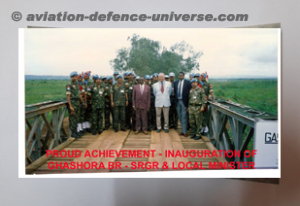
In 1990, the Tutsi dominated Rwandese Patriotic Front (RPF) invaded Rwanda from Uganda. The Military Government responded to the RPF invasion with ‘pogroms’ against the Tutsis. The United Nations sent a vastly under-funded and under-staffed peacekeeping force named the United Nations Assistance Mission for Rwanda (UNAMIR).On 6 April 1994, President Habyarimana was assassinated.

Over the next three months, the military and militia groups killed between 500,000 and 1,000,000 Tutsis and Hutu moderates in the ‘Rwandan Genocide’. UN Member States refused to answer UNAMIR’s requests for additional troops and funds . The war ended on 4 July 1994 as the RPF entered the capital Kigali. In the resulting ‘Great Lakes’ refugee crisis, fearing Tutsi retribution over 2 million Hutus fled the country after the war.30 Field Company of 110 Engineer Regiment was inducted into Rwanda in December 1994, to provide engineer support to all UN Operations. The contingent comprising six Officers, eight Junior Commissioned Officers and one hundred and eighty nine Other Ranks carried out multifarious responsibilities like demining, disposal of IEDs, construction and repair of bridges, restoration of water supply and electricity, and other humanitarian tasks.
Somalia (1995-97) with UNISOM I & II.
The Bombay Sapper Brass Band was selected by the COAS to form part of the UN Peacekeeping Contingent to Somalia, where it performed duties of stretcher bearers for casualty evacuation, and protection duties of static installations, besides impressing the public with its musical skills.
Angola (1995-97) with UNAVEM III.

Intermittent civil war has been a fact of life in Somalia since 1977. In 1991, the northern portion of the country declared its independence as Somaliland. Although de facto independent and relatively stable compared to the tumultuous south, it had not been recognized by any foreign government. Beginning in 1993, a two-year UN humanitarian effort (primarily in the south) was able to alleviate famine conditions but when the UN withdrew from Operation ‘United Shield’ by 3 March 1995, having suffered significant casualties, order had still not been restored. An Engineer detachment from 269 Engineer Regiment (an Officer, Junior Commissioned Officer and 50 Other Ranks) formed part of the UN Peacekeeping Force in Angola from May 1995 to December 1997, in support of 25 PUNJAB and 16 GUARDS.

Sierra Leone (1999) with UNAMSIL. The Republic, essentially a one-party state in the early 1980s, also became involved in a civil war in 1991, with the Revolutionary United Front (RUF) rebelling against the Government (Sierra Leone Civil War).
This resulted in tens of thousands of deaths, and the displacement of more than 2 million people (well over one-third of the population), many of whom are now refugees in neighbouring countries. Sierra Leone (1999) with UNAMSIL The Lomé Peace Accord was signed on 7 July 1999 to terminate the diamond-powered conflict and rebuild the devastated economy and infrastructure. On 22 October 1999, the Security Council established UNAMSIL to cooperate with the Government and the other parties in implementing the Lomé Peace Accord, and to assist in the implementation of the disarmament, demobilization and reintegration plans.491 Field Company of 116 Engineer Regiment comprising 4 Officers, 6 Junior Commissioned Officers and 160 Other Ranks undertook peacekeeping operations in Sierra Leone from December 1999 to February 2001. This company successfully executed all assigned tasks and also provided an engineer detachment in support of 5/8 Gurkha Rifles during this period.
Congo (2004) with MONUC . MONUC is a French acronym for Mission de l’ Organisation des Nations Unies en République démocratique du Congo (Mission of the United Nations (UN) in the Democratic Republic of Congo [DRC].) It was established in 24 February 2000 to monitor the peace process of the Second Congo War, though much of its focus subsequently turned to the sub conflict in Ituri. An Engineer Detachment of 102 Engineer Regiment was inducted into Congo from November 2004 for a duration of one year to support of 10 BIHAR Battalion Group.
Lebanon (2005 ) with UNIFIL. Cross-border attacks from Lebanon against Israeli territory led to an Israeli invasion on 15 March 1978, in what was titled the ‘Litani River Operation’. Israel withdrew its forces thirteen days later on March 19, in response to the United Nations Security Council Resolution, and an International Peace Feeping Force for South Lebanon was established called the United Nations Interim Force In Lebanon (UNIFIL).411 Parachute Field Company, deployed a detachment in UNIFIL in September 2005, for engineer support to the UN forces (INDBATT) deployed there. The detachment was employed in the construction and maintenance of shelters, provision of administrative infrastructure, earth moving plant operations and other trade-specific tasks.
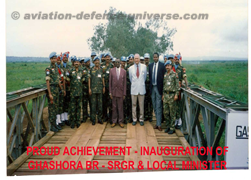
Sudan (2005) with UNMIS . In early 2003, a rebellion erupted in the western province of Darfur. In February 2004, the Government declared victory in supressing the rebellion but the rebels remained in control of rural areas, and widespread fighting continued. Peace talks between the southern rebels and the Government was consolidated with the official signing by both sides of the Naivasha Treaty on 9 January 2005, for granting autonomy to the south for six years, to be followed by a referendum on independence. The Security Council decided to establish the United Nations Mission In Sudan (UNMIS) to support the implementation of the Comprehensive Peace Agreement signed by the Government of Sudan and the Sudan People’s Liberation Movement/Army on 9 January 2005; also to perform certain functions relating to humanitarian assistance and protection, and promotion of human rights – a role efficiently carried out by the Bombay Sappers.96 Field Company (Construction Engineer Company) of 102 Engineer Regiment along with an engineer detachment in support of 8 JAK LI are deployed in Sudan as part of the UN Peace Keeping Force, from September 2005 for a duration of one year. The unit has the unique good fortune of sending its troops once again to the place which its 21 (VC) Field Company had traversed through, while conducting operations during World War II, when 2Lt P S Bhagat of this Company was awarded the ‘Victoria Cross’. The Unit was involved in the construction of camp sites, living and store shelters, and other ancillary infrastructure for the sector headquarters and military observers of the mission.











